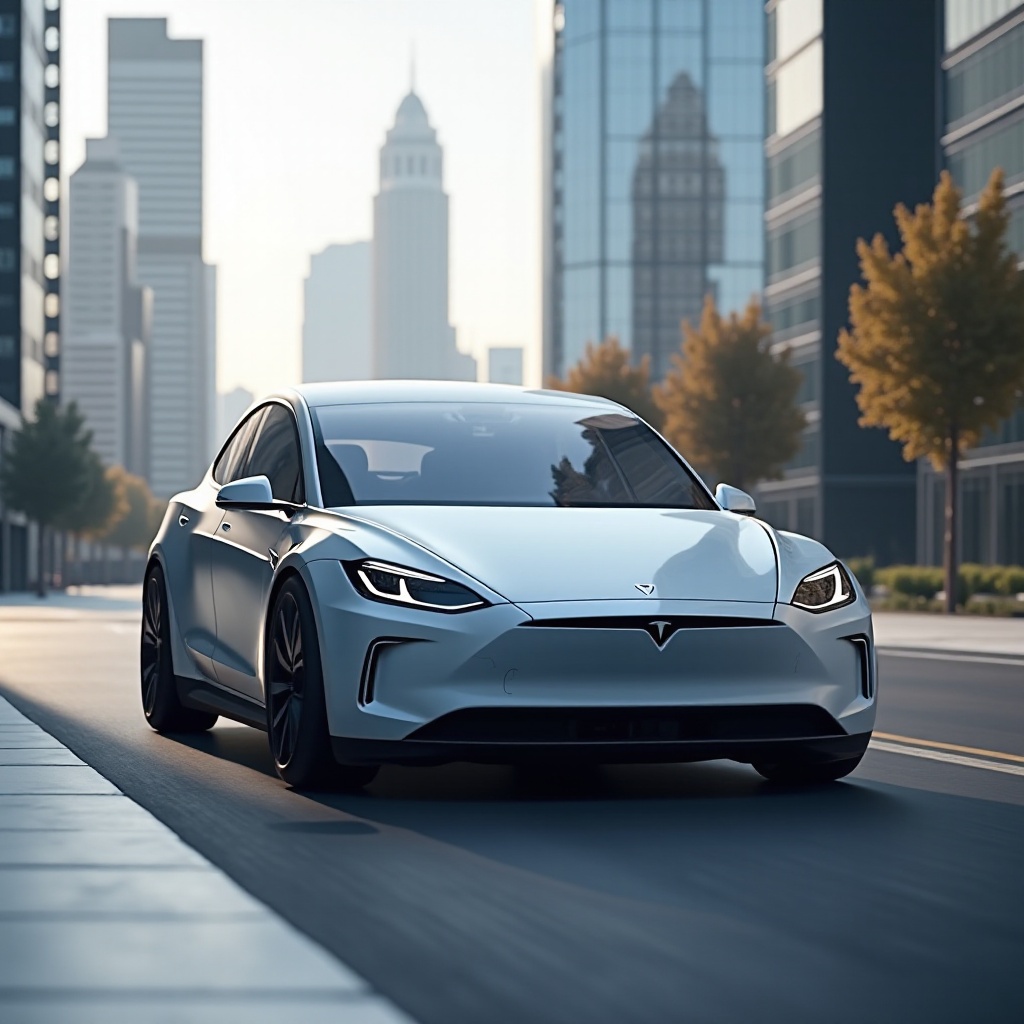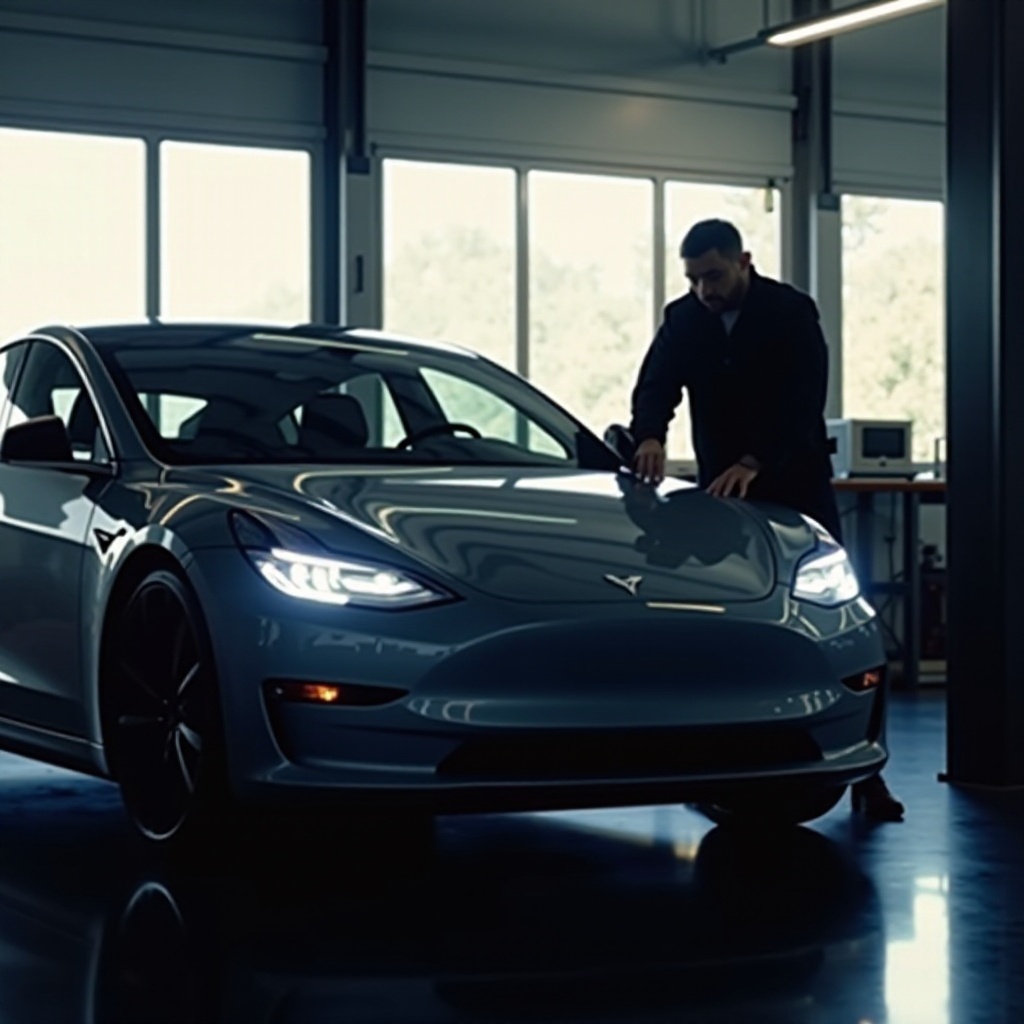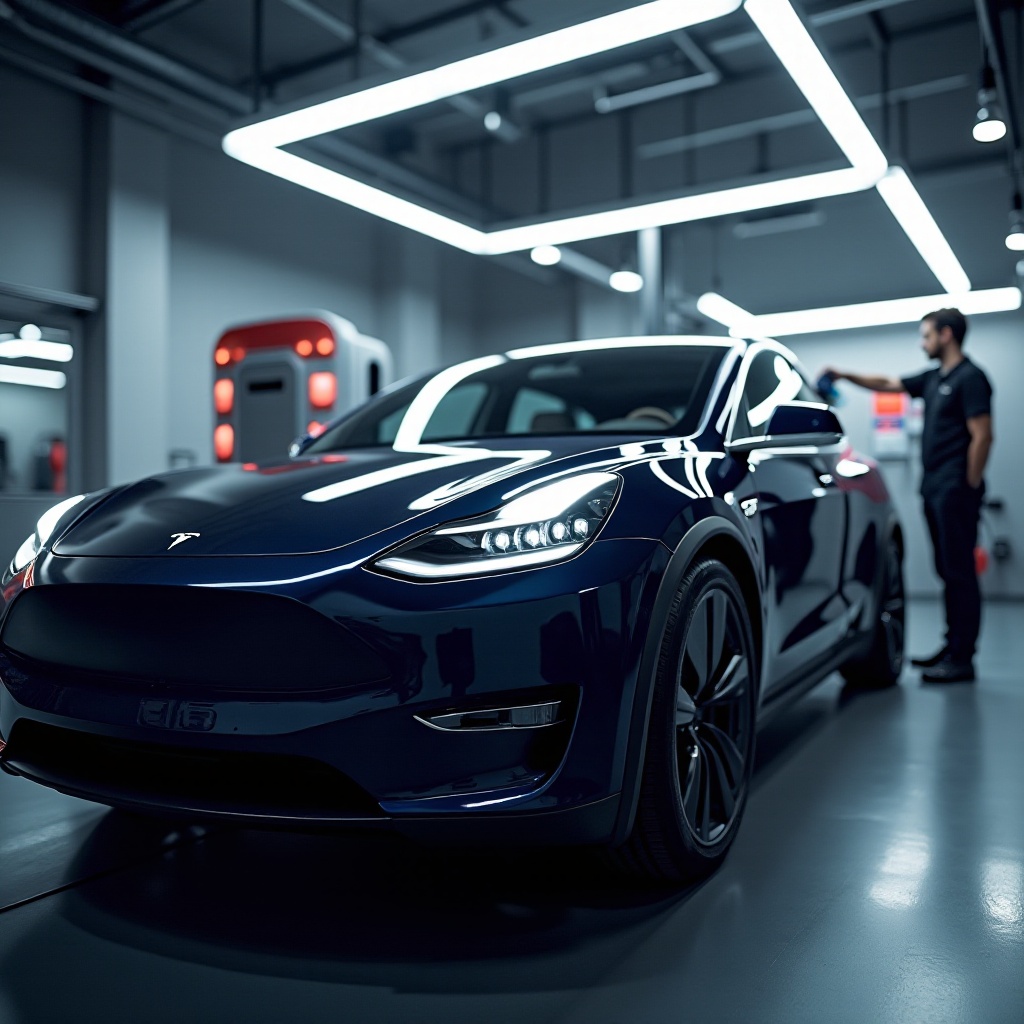Introduction
Tesla’s Autopilot system revolutionizes driving with advanced safety and convenience features. Many Tesla owners and prospective buyers wonder whether they can add Autopilot to their vehicles later. If you have these questions too, you’re in the right place. This comprehensive guide will delve into the intricacies of adding Autopilot to an existing Tesla, the costs involved, hardware requirements, upgrade process, and real user experiences.

The Basics of Tesla’s Autopilot
Tesla’s Autopilot is an advanced driver-assistance system designed to enhance safety and convenience. The system uses cameras, ultrasonic sensors, and radar to see and sense the surroundings. Features include automatic lane-keeping, adaptive cruise control, and traffic-aware cruise control. When combined, these functions provide a semi-autonomous driving experience, reducing the driver’s workload on highways.
Autopilot can navigate on autopilot-enabled roads, assisting in lane changes, highway exits, and more. However, it’s crucial to note that the system does not make Tesla fully autonomous. Drivers must remain attentive and ready to take control at any moment. Now that you’re familiar with the basics of Autopilot let’s find out if it’s possible to add this feature to your Tesla later.
Is it Possible to Add Autopilot to an Existing Tesla?
Yes, you can add Autopilot to an existing Tesla! Tesla offers all its vehicles the option to upgrade to Autopilot, provided they meet certain hardware requirements. Many Tesla owners choose this upgrade to enhance their driving experience and increase their car’s value.
Upgrading an existing Tesla to Autopilot is a relatively straightforward process, and the company has made it easy for owners to do so via software updates. However, the ease of this upgrade depends largely on the compatibility and hardware pre-installed in your Tesla model.

Compatibility and Hardware Requirements
For adding Autopilot to your existing Tesla, the vehicle must have the required hardware. Tesla vehicles manufactured after October 2016 come equipped with the necessary hardware for Autopilot, known as the Hardware 2 (HW2) or later versions. If your Tesla was built before this date, additional hardware upgrades may be necessary.
Tesla’s Autopilot Hardware includes:
1. A robust onboard computer for processing.
2. An array of cameras and sensors.
3. Ultrasonic sensors for near-object detection.
4. Forward-facing radar.
Owners can check their Tesla’s specific hardware configuration via their Tesla online account or the vehicle’s infotainment system. If your car lacks the requisite hardware, you’ll need to discuss options and costs with Tesla service.
Cost Analysis of Adding Autopilot
Adding Autopilot to your Tesla comes at various costs, depending on the extent of the upgrade. Generally, the costs to consider include:
1. Base Autopilot: Approx. $6,000 – Offers basic functions like traffic-aware cruise control and autosteer.
2. Full Self-Driving (FSD) Capability): Approx. $15,000 – Includes all Autopilot features, along with capabilities for automatic city street driving, traffic light recognition, and auto-parking.
These prices may fluctuate based on Tesla’s updates, promotions, or regional differences. It’s essential to consult with Tesla directly or check their latest online information for the most accurate pricing.
The Upgrade Process
Upgrading to Autopilot or FSD is a simple process, largely facilitated via software updates:
1. Check Compatibility: Ensure your Tesla has the right hardware.
2. Purchase Upgrade: Log in to your Tesla account and select the desired upgrade package (Autopilot or FSD).
3. Software Update: Once purchased, Tesla pushes the required software update to your car.
4. Service Appointment (if needed): For any necessary hardware installations or verification, book a service appointment via the Tesla app.
Tesla ensures that the upgrade process is seamless and predominantly remotely managed, providing a hassle-free experience for owners.

User Experiences and Testimonials
Many Tesla owners who’ve upgraded to Autopilot have shared positive experiences. For instance:
– John from California: ‘Upgrading to Autopilot transformed my daily commute, making long drives less stressful and more enjoyable.
– Emma from New York: ‘The upgrade process was simple, and the features have significantly improved my driving safety and comfort.
Such testimonials underscore the value and satisfaction that comes with upgrading to Autopilot. It’s important to research and consider all feedback to understand the benefits and potential limitations based on real-user experiences.
Conclusion
Upgrading to Autopilot on an existing Tesla is not only possible but straightforward if your vehicle meets the hardware requirements. The process, cost considerations, and favorable user experiences make it a worthwhile investment for many. Always stay informed through Tesla’s official channels to ensure you’re making the best decision for your driving needs.
Frequently Asked Questions
How much does it cost to add Autopilot to a Tesla?
Adding Autopilot costs approximately $6,000, while Full Self-Driving (FSD) capability is around $15,000. Check Tesla’s official resources for the latest prices.
How long does it take to upgrade to Autopilot?
The upgrade process can be quick thanks to software updates. If no additional hardware is needed, it’s often completed within hours. Otherwise, a service visit may be necessary.
Is it worth upgrading to Autopilot later?
Many Tesla owners find the upgrade worth it due to added safety, convenience, and potential vehicle value increase. It’s a personal decision based on driving habits and budget.
